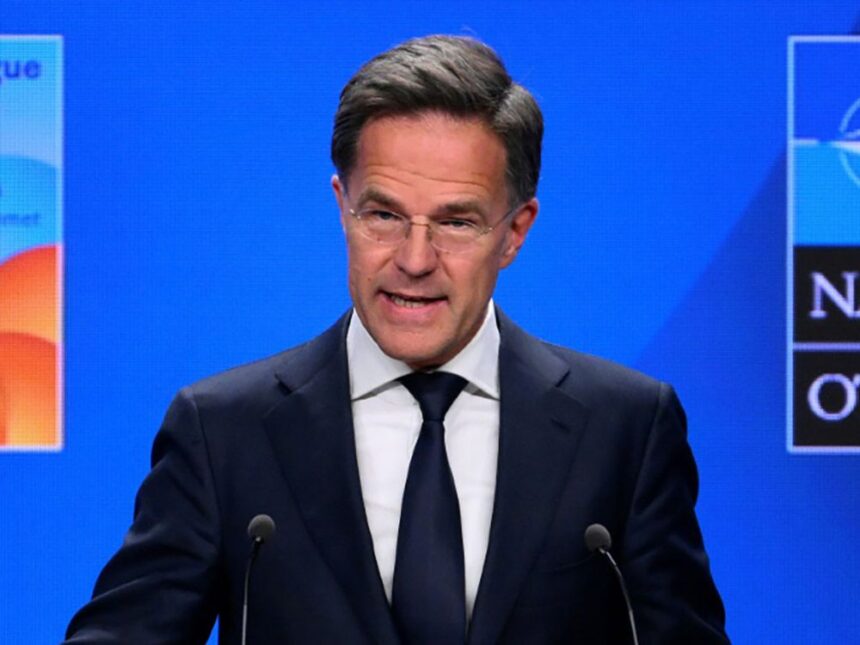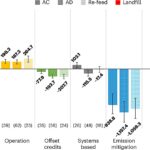The corridors of Washington’s Walter E. Washington Convention Center hum with a tension that even the most seasoned diplomats can’t disguise. I’ve spent the past three days navigating the security perimeters and closed-door sessions of what many analysts are calling NATO’s most consequential summit since the Cold War.
“This isn’t just another pledge cycle,” confides a senior European defense attaché who requested anonymity to speak freely. “The alliance faces existential questions about its purpose and funding that we haven’t seriously confronted in decades.”
At the heart of this week’s summit stands an ambitious commitment – NATO members have pledged to invest at least 5% of their GDP on defense by 2030, a dramatic escalation from the current 2% target that many nations still struggle to meet. This represents what Secretary General Jens Stoltenberg called a “quantum leap” in the alliance’s defensive posture.
The move comes amid deteriorating global security conditions that have fundamentally altered Western strategic calculations. Russia’s continued aggression in Ukraine, China’s military expansion, and emerging threats in the cyber domain have created what German Chancellor Olaf Scholz described as “a watershed moment for European security architecture.”
Walking through Brussels’ NATO headquarters last month during preparatory meetings, I witnessed firsthand the shift in institutional mood. Gone was the diplomatic ambiguity that typically characterizes alliance discussions. Instead, military planners spoke with rare clarity about resource requirements and deployment scenarios.
“We’ve been operating on a post-Cold War peace dividend that no longer exists,” explains Dr. Marta Dassù, former Italian Deputy Foreign Minister and senior fellow at the European Council on Foreign Relations. “The 5% target reflects a belated recognition that our security environment has fundamentally changed.”
The economic implications of this commitment are staggering. For countries like Germany, reaching 5% would mean nearly doubling current defense expenditures to approximately €200 billion annually. The proposed increases would represent the largest peacetime military buildup in the West since the Reagan administration’s defense expansion in the 1980s.
Yet significant questions remain about implementation. During a tense exchange I observed between Baltic state representatives and their Southern European counterparts, deep divisions emerged over spending priorities. While Poland and Estonia advocate for conventional force investments, Spain and Italy emphasize maritime security and migration management.
“This is where the real challenge begins,” notes Ian Lesser, Vice President of the German Marshall Fund. “Agreement on the percentage is just the starting point. The harder conversation concerns what capabilities those investments should prioritize and how quickly they can be deployed.”
Data from the Stockholm International Peace Research Institute shows that reaching the 5% threshold would increase NATO’s collective defense spending by approximately $500 billion annually – roughly equivalent to creating another Pentagon-sized budget within the alliance structure.
The pledge also arrives against a complex political backdrop. In the United States, defense hawks champion the increased burden-sharing while progressive legislators question the opportunity costs. Across Europe, governments must justify heightened military expenditures amid persistent inflation and social welfare demands.
Outside the summit’s security perimeter yesterday, I spoke with protestors representing a coalition of peace organizations. “They’re talking about percentages while communities struggle,” said Maria Gonzalez, an activist from Spain’s No to NATO movement. “This money could address climate change or healthcare – existential issues that military spending won’t solve.”
Military analysts counter that the investment aims to prevent conflicts that would prove far costlier. “Deterrence isn’t free, but it’s cheaper than war,” argues retired General Ben Hodges, former commanding general of U.S. Army Europe. “The 5% threshold represents what’s actually required to create credible defensive positions across the alliance’s vulnerable eastern flank.”
Beyond the headline figure, the summit declaration includes commitments to streamline procurement processes, integrate defense industrial bases, and accelerate innovation pipelines – technical changes that could prove as consequential as the spending targets themselves.
Following Ukrainian President Volodymyr Zelensky’s emotional address to allied leaders, several NATO members announced specific capability transfers that will begin flowing to Kyiv’s forces within weeks. These include advanced air defense systems, electronic warfare platforms, and artillery capabilities that Ukrainian commanders have desperately sought.
Perhaps most significantly, the summit formalized NATO’s strategic shift eastward. New forward operating bases, pre-positioned equipment stockpiles, and enhanced regional command structures will fundamentally alter the alliance’s defensive posture along its 1,600-kilometer border with Russia.
“We’re returning to a containment doctrine,” explains Constanze Stelzenmüller, director of the Center on the United States and Europe at Brookings. “But this time with technologies, threats, and alliances that make the security environment far more complex than during the original Cold War.”
As delegates depart Washington, the real work begins in national capitals. Finance ministers must identify funding sources, parliamentary bodies must authorize expenditures, and military planners must translate budget increases into operational capabilities – all while navigating domestic political constraints and competing priorities.
What remains clear after this watershed summit is that NATO has committed itself to a dramatic strategic reorientation. Whether this represents prudent adaptation to changing threats or a dangerous escalation in international tensions remains fiercely debated. What’s certain is that the decisions made this week will reshape Western security architecture for decades to come.






